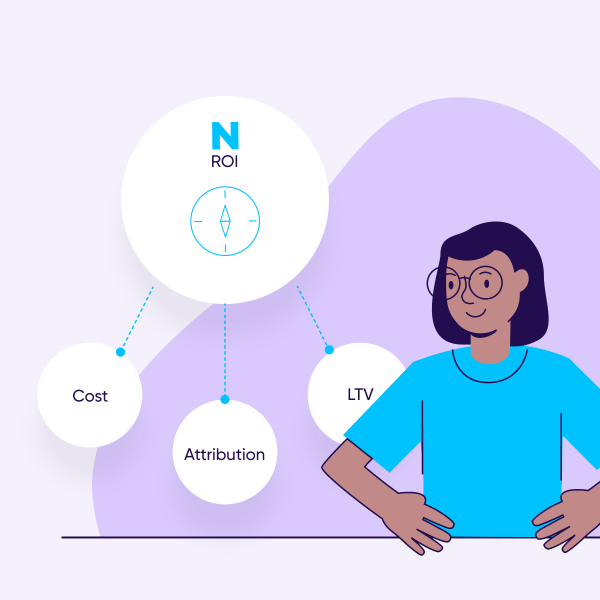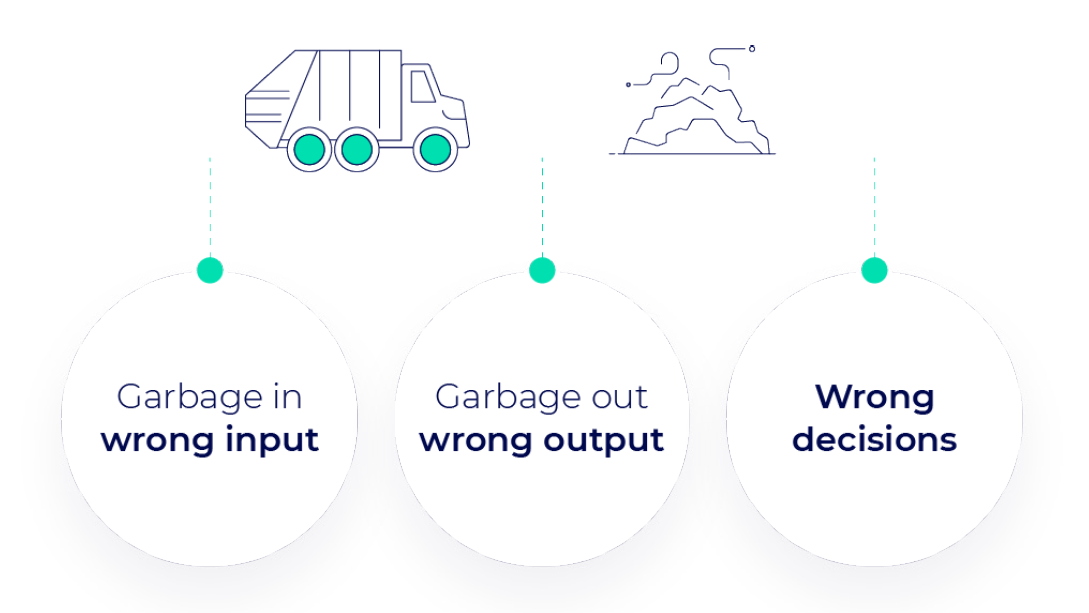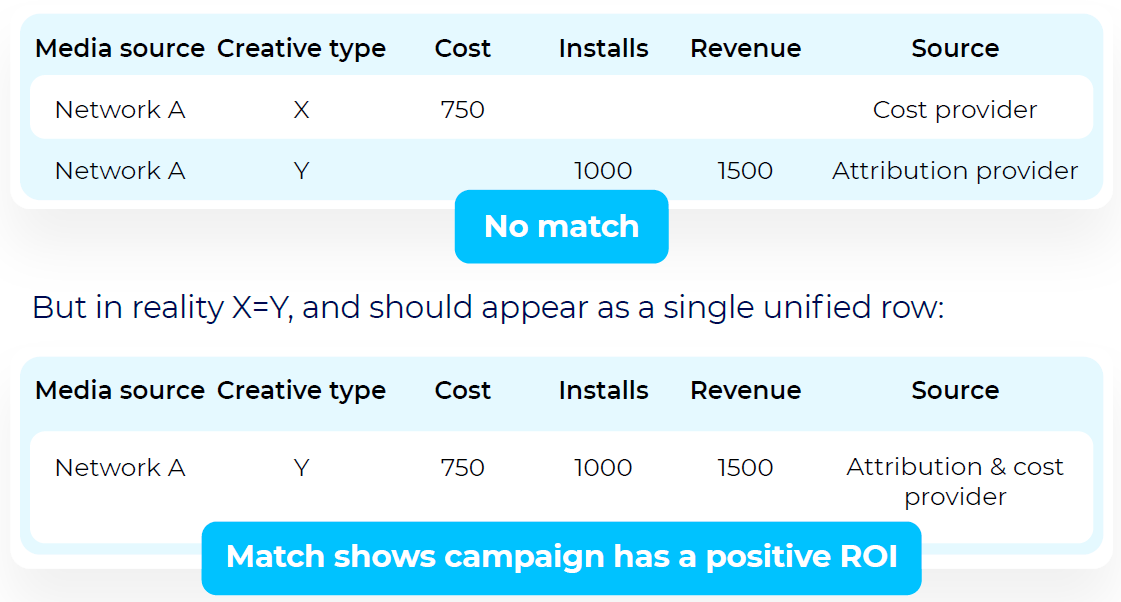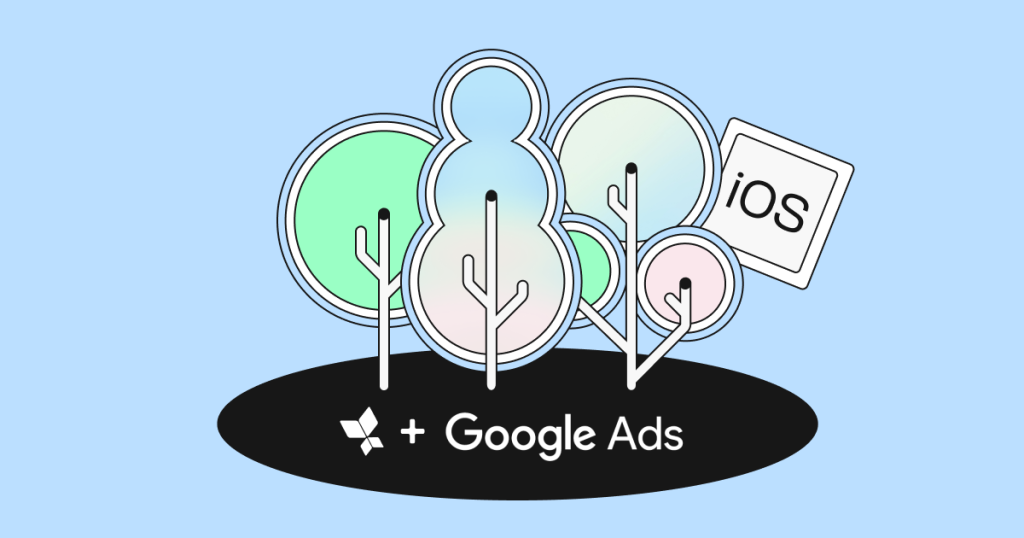Why attribution and cost data are better together to achieve true ROI


ROI in mobile marketing is an elusive metric. It is seemingly easy once you know your total expenses and total revenue. But the reality is that your ROI stats may be wrong.
The accuracy of your ROI data is dependent, first and foremost, on accurate attribution data, which in turn leads to accurate revenue and cost data.
The accuracy of cost data is particularly tricky because there are numerous cost sources but no real standardization.
To make matters worse, working with separate cost and attribution providers creates all sorts of problems which we’ll cover in this blog.
It is part of our new complete guide about ROI: Finding Your True North: Measuring Your App Marketing’s True ROI
Why separating attribution and cost providers is risky
There are several reasons why the practice of working with two providers – one for cost aggregation and one for attribution – is bad practice. The bottom line: it can easily lead to wrong or incomplete data, and from there the path to draining your marketing budget and even putting your business at risk is quick.
Let’s explore why this happens:
1. Sub-par attribution solution:
There are no shortcuts to the years of heavy-lifting required to build a robust attribution platform. Anything short of that and attribution data cannot be fully trusted.
Data accuracy.
Garbage in, garbage out. If your decision input parameters are wrong, your decisions’ outcome will be wrong. In modern marketing, attribution data is the source of the most important marketing decisions.
The end result: marketers are often making bad decisions without even knowing it.

There are two main reasons for this: mobile ad fraud and mis-attribution.
In both cases, measurement appears to be correct, which tells you that you have made the right decisions. But in reality, what often happens is that you end up buying your organic users and fraudulent traffic. When you make that mistake over and over again, you risk entering a bleeding cash cycle.
In this cycle, strong performance leads marketers to ask for more budget from their CEO, and the CEO approves because it’s working. However, the numbers are wrong, and the company ends up pouring more money into the wrong sources.
How good is your marketing performance?
2. Data mismatches:
When the cost provider is not the owner of the attribution data, its ability to connect this data to its own cost data is a significant challenge.
A proper attribution-cost integration must be uniquely built per ad network, not by building a generic cost integration.
Let’s take the following scenario: an integration built with the API of network A includes field X which the advertiser uses for creatives, but the network that works with the attribution provider passes the creative on field Y. In such a case, your Excel or BI platform will see two separate rows:

Overall, a massive number of cost/attribution data point pairs that should have been matched are not, leaving many empty lines. The end result: decision-making is based on inaccurate data.
On the other hand, when the attribution vendor has holistic cost data it can easily aggregate, normalize, and standardize both data sets into one ‘coherent’ data set.
3. Privacy and security risk:
Some marketers provide their attribution platform’s dashboard credentials to their cost vendor, which then runs a process known as data scraping to obtain the attribution data.
It is important to understand that this method is both error prone and a severe security risk when sharing credentials providing access to your 1st party data.
4. Lack of granularity leading to sub-par optimization:
In theory, a marketer can fill many of these empty lines by settling for the lowest common denominator – often the media source level or even media source and campaign level – losing any meaningful granularity. That means the creative-level data in the example above won’t be leveraged to fully optimize the campaign.
What level of granularity is needed to push the needle? Your data should go all the way down to the creative, geo, site id, and keyword level.
The bottom line: (Robust) attribution and cost aggregation are inseparable.







